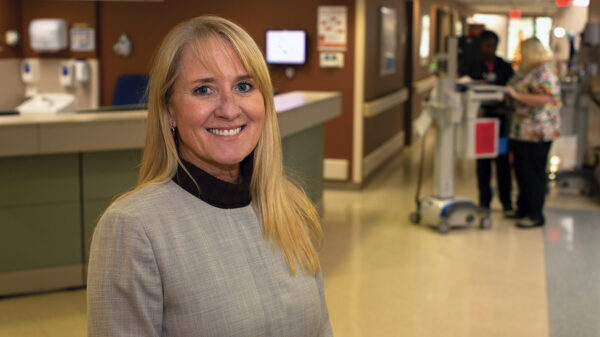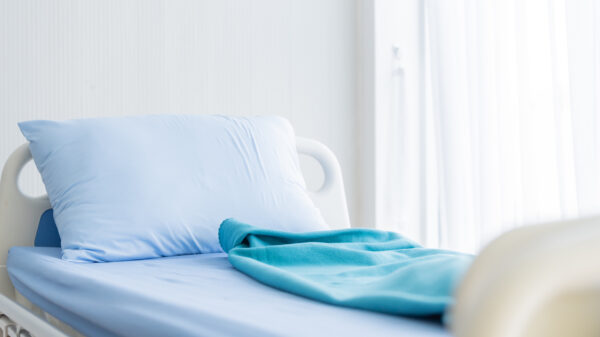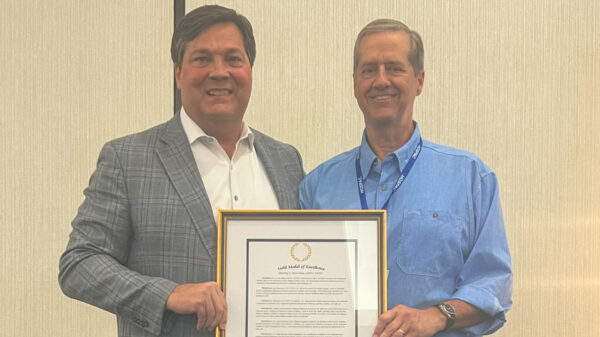The numbers of hospitalization COVID-19 patients have begun to rise again in parts of Alabama, eclipsing previous highs in August in at least two hospitals and jumping in a third.
While the upticks in hospitalizations aren’t yet a trend, Alabama Hospital Association president Dr. Don Williamson said with the flu season approaching, people beginning to gather indoors and a steady pace of new daily COVID-19 cases statewide, the increases are concerning.
Hospitals in Mobile saw a one-day jump in COVID-19 hospitalizations to 97, Williamson told APR on Wednesday. Hospitals there since mid-September have been caring for between 70 and 80 coronavirus patients daily.
DCH Health System in Tuscaloosa on Tuesday was caring for 71 COVID-19 patients, its highest number since Aug. 19.
And East Alabama Medical Center in Opelika recorded 39 COVID-19 inpatients on Tuesday. The last day that hospital — near Auburn University — was caring for as many coronavirus patients was also on Aug. 19.
“There really are only two explanations. One is, the patients that they’ve got are staying longer, and they’re still admitting new patients so the census grows,” Williamson said. “Or it’s growing because you’ve got an increase in disease in the community.”
“We have not been able to identify any specific cause for the increases,” said DCH spokeswoman Andy North, in a message to APR on Wednesday. “Whatever the reasons, our employees are doing an amazing job managing the ups and downs of the situation, and we are very proud of how they continue to rise to the occasion.”
“The main reason we believe we’re seeing an increase in hospitalizations is because of length of stay,” said John Atkinson, a spokesman for EAMC, in a statement. “An average length of stay for non-COVID hospitalizations is about 3 or 4 days. Our average length of stay for patients with COVID-19 has been 8.6 days since the pandemic began here on March 16, and it’s not uncommon for some to stay a couple of weeks or more.”
Atkinson said hospital officials are viewing this as a third peak, but one not as sharp as when the hospital had 62 coronavirus patients in July. “It’s been a slow incremental increase going from 15 to 39 hospitalizations over the past 31 days,” he said.
There were 777 COVID-19 patients being cared for statewide Tuesday, a number that has remained relatively steady since mid-September. Williamson said that the number is manageable for state hospitals but in the last two days he’s seen an increase in new COVID-19 admissions, which concerns him.
Alabama hospitals saw 126 new coronavirus patients admitted to hospitals on Monday, and 132 on Tuesday, Williamson said. In previous days, that number has hovered around 90, he said.
{{CODE1}}
The increases have just begun, and it’s too early to tell whether the trend will continue, Williamson said, but they give him pause.
“I just know there’s nothing that’s changed the underlying trajectory of the virus, in terms of its ability to infect us,” Williamson said. He’s also seeing more people in the community not wearing masks, or not wearing them correctly, he said.
“I worry that mask fatigue is getting to be a real thing, and people are misinterpreting the better numbers right now,” Williamson said of Alabama’s reduction in cases, hospitalizations and deaths in the weeks after Gov. Kay Ivey’s statewide mask order went into effect in July.
Alabama added 941 new COVID-19 cases on Wednesday, and the state’s 14-day average of new daily cases was 1,019.
“We’re just almost never under 500, so we’re continuing to have real ongoing transmission in the state, and we’re continuing to have new people hospitalized,” Williamson said.
{{CODE2}}
The positivity rate in Alabama remains elevated and was near 14 percent on Wednesday, based on seven- and 14-day averages. Public health experts say that rate needs to be at 5 percent or below; otherwise, it indicates that there’s not enough testing and cases are going undetected.
{{CODE3}}
Williamson noted that the CDC on Monday updated its guidelines to say that coronavirus can spread more than six feet through the air by way of small particles called aerosols, especially in enclosed spaces with poor ventilation.
Williamson said health experts believe most of the transmission of COVID-19 happens through larger airborne particles when an infected person sneezes, coughs, talks or sings, but in confined spaces with poor ventilation, those aerosol particles that linger in the air “may help explain some of the superspreader events.”




















































